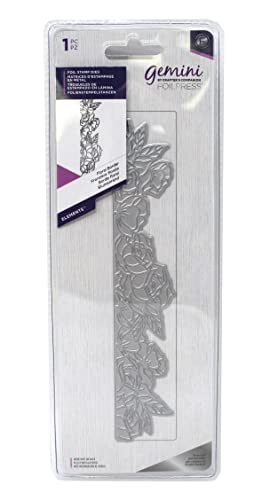Crafty friend! Are you ready to level up your DIY game? Imagine this: no more sore hands from snipping tiny shapes, no more uneven edges ruining your masterpiece. Die-cutting machines are here to save the day—and your sanity. These brilliant tools slice through paper, fabric, vinyl, and more with precision that’ll make your heart skip a beat. Whether you’re a scrapbooking pro, a card-making wizard, or just dipping your toes into the crafting world, a die-cutting machine is about to become your new bestie.
In this post, I’m spilling all the tea on how to snag the perfect die-cutting machine on Amazon—yep, we’re talking Amazon.com, Amazon.uk, and Amazon.ca. I’ve been crafting for years (and trust me, I’ve had my share of “oops” moments), so I’m here to guide you with a mix of friendly vibes, a sprinkle of know-how, and a whole lot of excitement. Let’s dive in and find the machine that’s screaming your name!
- Why Die-Cutting Machines Are a Crafter’s Dream
- Types of Die-Cutting Machines: Manual vs. Electronic
- Features to Look for in a Die-Cutting Machine
- How to Choose the Right Die-Cutting Machine for You
- Here’s a quick checklist to scribble down:
- Top Die-Cutting Machines to Snag on Amazon
- Crafting Tips to Get You Started
- FAQ: Your Die-Cutting Questions, Answered
- Conclusion: Your Crafting Adventure Starts Now
Why Die-Cutting Machines Are a Crafter’s Dream
Picture this: you’re knee-deep in a project, scissors in hand, and your fingers are begging for mercy. Sound familiar? Die-cutting machines take that struggle and toss it out the window. They’re like the sous-chef of the crafting world—handling the prep work so you can focus on the fun stuff. From whipping up intricate card designs to cutting fabric for a quilt, these machines are versatile enough to tackle almost anything you throw at them.
And here’s a wild fact to hook you: did you know some electronic die-cutting machines can cut over 100 different materials? Yeah, I was shook when I found that out too. So, whether you’re into paper crafts, home décor, or even custom stickers, there’s a die-cutting machine waiting to make your creative dreams a reality. Stick with me, and I’ll walk you through everything you need to know to grab one on Amazon today!
Types of Die-Cutting Machines: Manual vs. Electronic
Alright, let’s break it down. There are two main flavors of die-cutting machines: manual and electronic. Each has its own vibe, so let’s figure out which one’s your match.
Manual Die-Cutting Machines
These bad boys are the OGs of the die-cutting world. You pop your material and die onto the platform, crank the handle, and voilà—perfectly cut shapes! I started with a manual machine years ago, and honestly, there’s something satisfying about that hands-on feel.
Pros:
- Budget-friendly: They won’t break the bank—perfect if you’re just starting out.
- Portable: No cords, no fuss. Toss it in your bag for a craft night anywhere.
- Simple: No tech skills needed. It’s just you, the crank, and your creativity.
Cons:
- Limited power: They’ve got a size cap—don’t expect to cut massive dies or super thick materials.
- Effort required: Cranking can wear you out if you’re churning out a big batch.
Electronic Die-Cutting Machines
Now, if you’re ready to step into the future, electronic machines are where it’s at. These connect to your computer or phone, letting you design and cut with insane precision. My first electronic machine felt like magic—I couldn’t believe how easy it made everything.
Pros:
- Versatile: Cut custom shapes, thick materials, you name it. Over 100 options? Yes, please!
- Efficient: They’re fast and flawless—great for big projects or tight deadlines.
- Extra perks: Some draw, emboss, or score. It’s like having a whole craft studio in one tool.
Cons:
- Pricey: They’re an investment. Be ready to shell out more upfront.
- Learning curve: Software can be tricky at first. Patience is key!
So, what’s your vibe? If you’re a newbie or love keeping things simple, go manual. If you’re all about pushing boundaries and don’t mind a little tech, electronic’s your jam. Either way, Amazon’s got options galore.
Features to Look for in a Die-Cutting Machine
Shopping for a die-cutting machine can feel like picking a new phone—tons of features, endless choices. Don’t sweat it; I’ve got your back. Here’s what to keep an eye on:
- Cutting Width: How big can it go? Most machines handle 6-inch dies, but some stretch to 12 inches or more. Think about your projects—small cards or giant banners?
- Compatibility: Not all machines play nice with every die. Some stick to their own brand; others are chill with anything. Check before you buy!
- Ease of Use: If you’re not a tech whiz (no judgment—I’m not either sometimes), pick something straightforward. Manuals are usually a breeze; electronics might need a YouTube tutorial or two.
- Versatility: Want to cut and emboss? Draw designs too? Some machines multitask like champs.
- Portability: Crafting on the go? A lightweight, cordless model is your friend.
- Price: These range from $50 to $500+. Set a budget and stick to it—there’s something awesome at every level.
Focus on what you need. A fancy machine’s no good if it sits in the box collecting dust, right?
How to Choose the Right Die-Cutting Machine for You
Okay, decision time! Choosing a die-cutting machine doesn’t have to be a headache. Here’s how to nail it:
- Know Your Craft Style: Are you all about paper—like scrapbooking or card making? A basic manual machine might do. Cutting fabric or vinyl? You’ll want more horsepower.
- Skill Level: Newbie? Start simple. I learned the hard way—jumped into a fancy electronic model and spent a week cursing at the software. Pros can handle the bells and whistles.
- Budget Check: Be real with yourself. $100 gets you a solid manual; $300+ opens up electronic goodies.
- Read Reviews: Amazon’s goldmine for this. See what other crafters say—especially about durability and ease.
- Space Matters: Got a tiny craft corner? Go compact. Big workspace? Size up!
Here’s a quick checklist to scribble down:
- What materials am I cutting? (Paper, fabric, etc.)
- What’s my max spend?
- Portable or stationary?
- Extra features like embossing?
- Have I peeked at reviews?
Answer those, and you’re golden. Trust me, the right machine will feel like it was made for you.
Top Die-Cutting Machines to Snag on Amazon
Ready to shop? Here are some of the best die-cutting machines you can score on Amazon right now. I’ve handpicked these based on reviews, features, and my own crafting adventures. (Note: Prices and availability might shift—check the links!)
1. Cricut Explore Air 2
- Type: Electronic
- Why It Rocks: Cuts 100+ materials, Bluetooth-enabled, and super user-friendly. I made a whole scrapbook in a weekend with this beauty.
- Perfect For: Anyone who wants versatility without a PhD in tech.
2. Sizzix Big Shot
- Type: Manual
- Why It Rocks: Affordable, portable, and cuts like a dream. My go-to for quick card-making sessions.
- Perfect For: Beginners or budget crafters.
3. Brother ScanNCut2
- Type: Electronic
- Why It Rocks: Built-in scanner for custom designs. I scanned a doodle once and turned it into a sticker—mind blown.
- Perfect For: Detail-obsessed crafters.
4. Spellbinders Platinum 6
- Type: Manual
- Why It Rocks: Heavy-duty and cuts thick stuff like leather. Built to last through years of projects.
- Perfect For: Serious crafters who want durability.
5. Gemini by Crafter’s Companion
- Type: Electronic
- Why It Rocks: Speedy and precise—perfect for intricate cuts. I whipped up 50 wedding invites with zero stress.
- Perfect For: Time-crunched pros.
These are just a taste—Amazon’s packed with more. Click those links, read the reviews, and find your crafting soulmate!
Crafting Tips to Get You Started
Got your machine picked out? Awesome! Before you hit “buy,” here are a few bonus tips from my messy craft table to yours:
- Start Small: Test with scrap paper first. I ruined a pricey sheet of cardstock once—lesson learned.
- Mix Materials: Pair paper with vinyl or fabric for next-level projects. Think custom tote bags or mixed-media art.
- Join the Community: Amazon reviews are great, but crafting forums (like Crafting 101 (#)) spill even more secrets.
FAQ: Your Die-Cutting Questions, Answered
Still got questions? I’ve got you covered.
What’s a Die-Cutting Machine Anyway?
It’s a tool that cuts shapes from materials using dies (think cookie cutters for crafts). Manual ones use a crank; electronic ones use software. Simple, yet genius.
How Do I Use One?
For manuals, sandwich your material and die, then crank it through. Electronics? Load your design via software, hit “cut,” and watch the magic happen. Practice makes perfect!
What Can I Cut?
Paper, cardstock, fabric, vinyl, even thin metal or leather with the right machine. The possibilities are endless!
Conclusion: Your Crafting Adventure Starts Now
Whew, we’ve covered a lot! Die-cutting machines are the ultimate crafting tools—saving time, boosting precision, and unlocking endless creativity. Whether you’re Team Manual or Team Electronic, there’s a perfect match waiting for you. We’ve talked types, features, how to choose, and even spotlighted some top picks on Amazon.


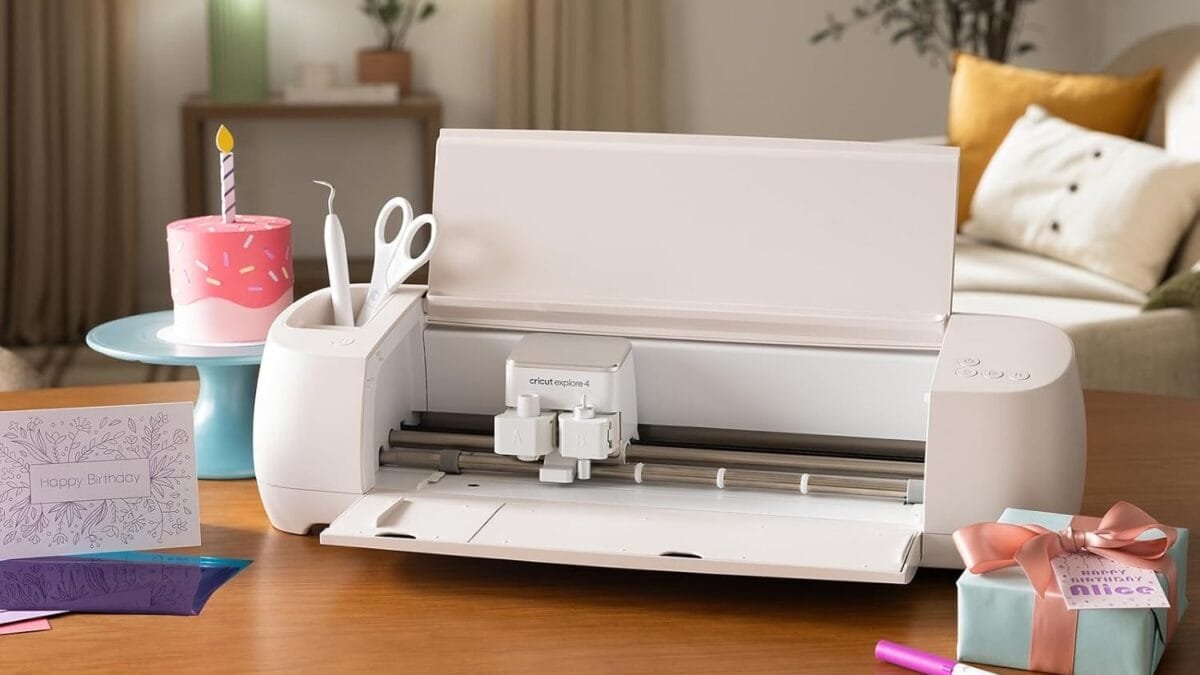
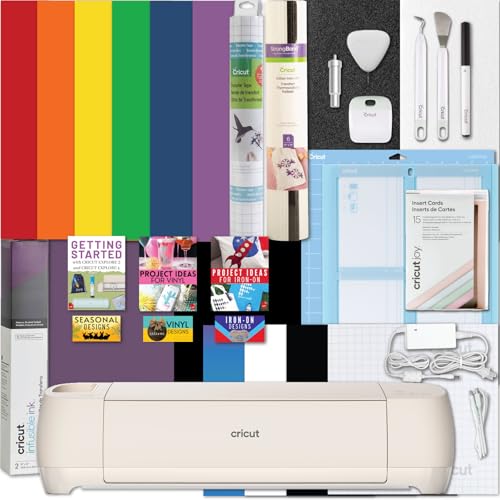

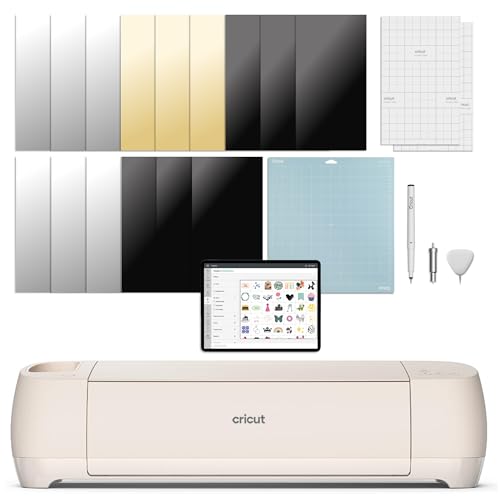
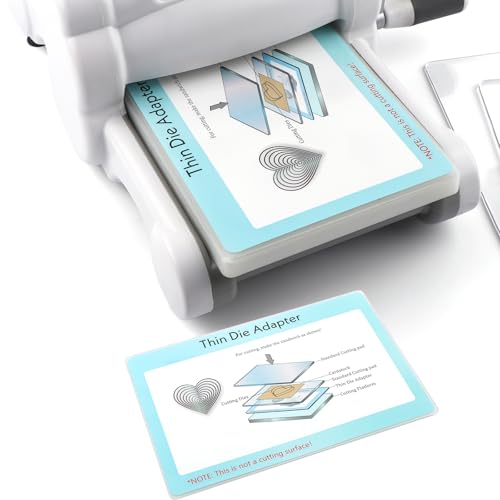
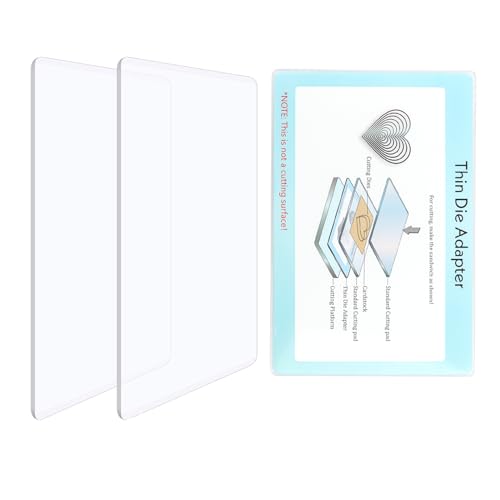
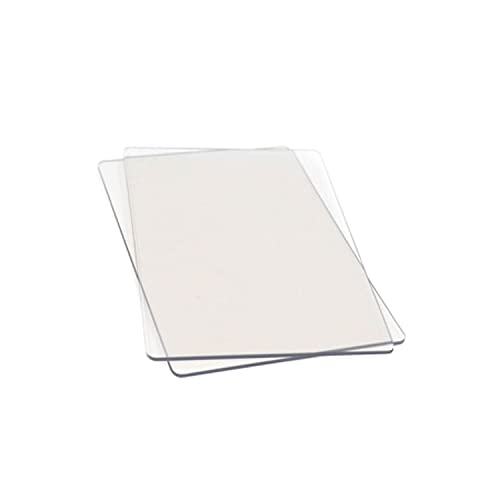
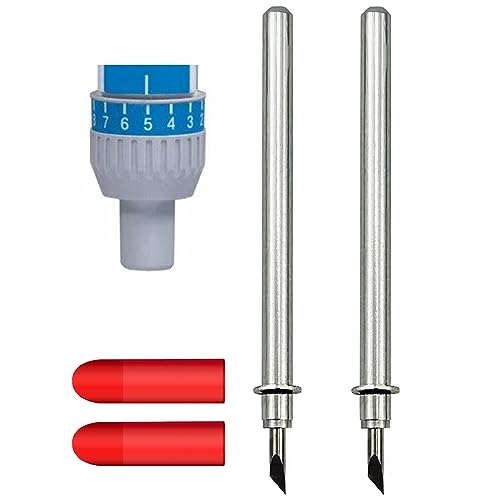


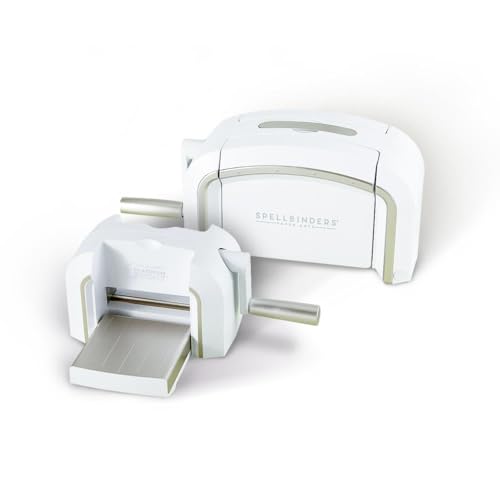

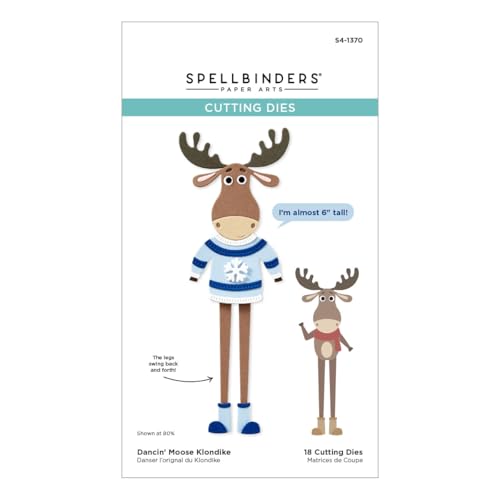
![[UL Listed] OMNIHIL 8 Feet Long AC/DC Power Cord Compatible with ...](https://m.media-amazon.com/images/I/413u5916zxL.jpg)

